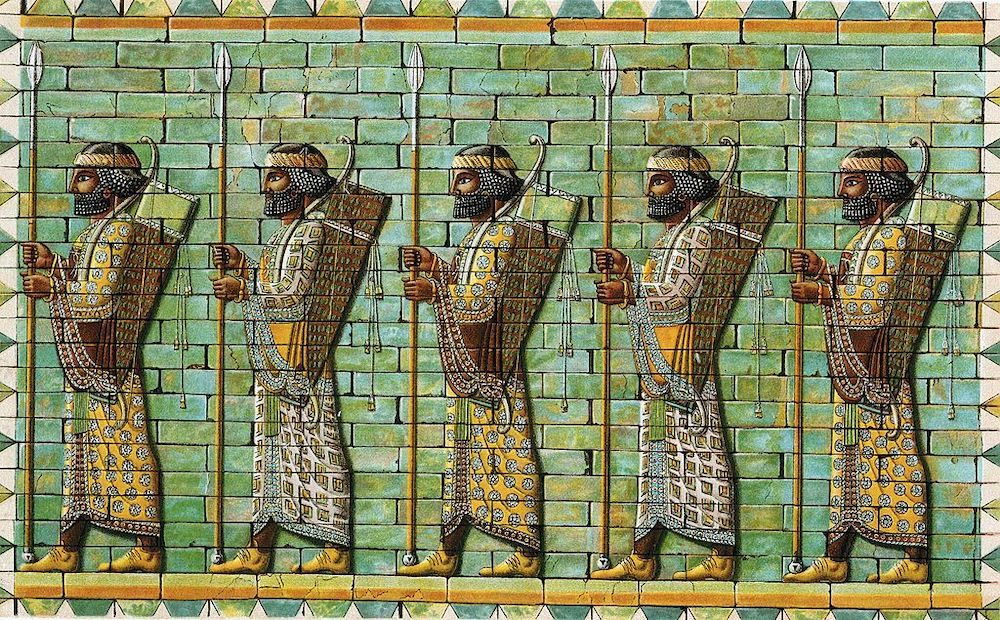The Achaemenid Empire, also known as the First Persian Empire, was founded by Cyrus II in 550 B.C. It controlled a large swath of western Asia, largely due to the skills of its army. One contingent shrouded in myth are the 10,000 Persian Immortals, whose existence is debated to this day.
Origins of the Persian Immortals
There is little archival information regarding the history of the Persian Immortals. Most of what is known comes from Herodotus, a Greek historian who lived from 484 B.C. to 425 B.C. The contingent were also mentioned by Xenophon, Heracleides of Cyme, and Athenaeus of Naucratis.
They are said to have first formed under Cyrus II, founder of the Achaemenid Empire. They served as both the Imperial Guard and infantry, with their main purpose being to serve as a shock force through the use of psychological warfare.
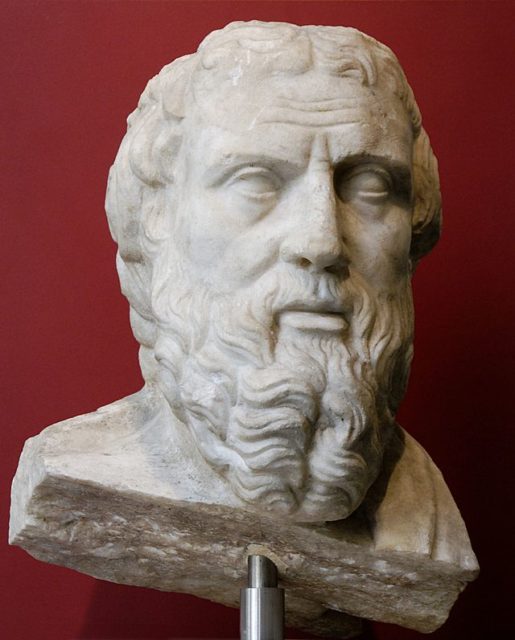
Despite being opposed to Persia, Herodotus kept a detailed record of the Immortals’ plans and opponents. He even gave them their name, citing a unique custom, wherein they immediately replaced soldiers who were ill, injured, or killed with reservists. This gave the impression they were a strong, un-killable force.
Many put his accounts of the force into question, given his penchant for embellishment. Jona Lendering, for instance, believes Herodotus or an associate misheard the group’s name, confusing anûšiya (“companion”) with anauša (“non-dying”), and claim there never actually was such a contingent.
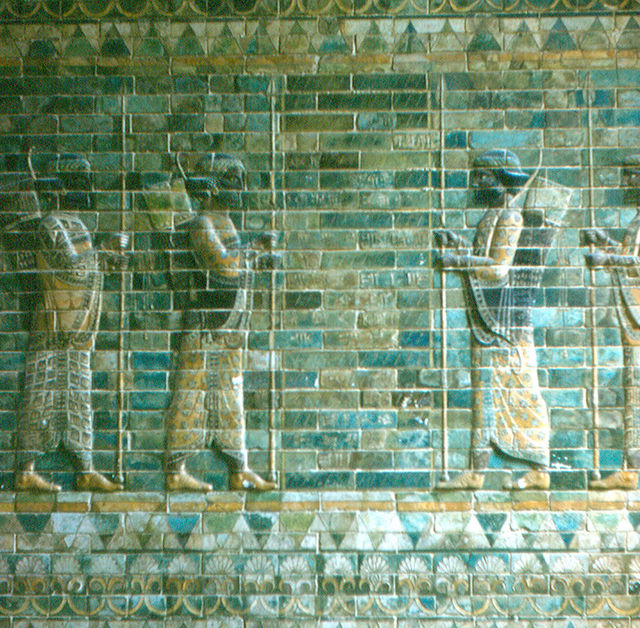
Another theory comes from Iranian historical tradition, which states the Persian Immortals were formed by Commander Pantea Arteshbod and General Aryasb after the Battle of Opis in 539 B.C. Arteshbod is said to have governed Babylon after its fall to Cyrus II and created the elite guard. She is believed to have been its first commander.
Soldiers and equipment
The Persian Immortals were made up of 10,000 men from elite, aristocratic families. While the majority were Persian, they also came from lands Cyrus II conquered, including Lydia, Elam, and Babylon. They were chosen based on martial skills and quality of character, and were considered the best of the best.
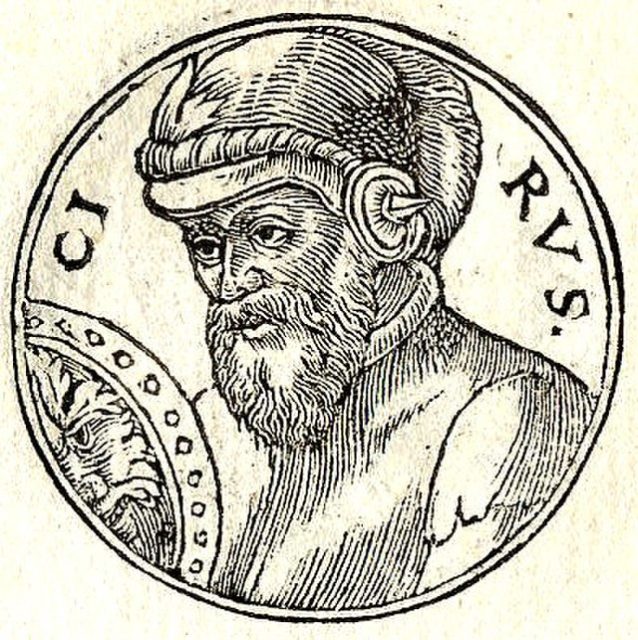
There are varying accounts as to their weaponry and armor. Xenophon wrote that they donned bronze helmets and breastplates, while their horses wore bronze peytral and chanfrons that doubled as protection for their riders. Glazed brick artwork from the time also shows them wearing elaborate robes, gold jewelry, and hooped earrings, which are believed to have been worn during ceremonial events.
Herodotus described fish scale armor coats and headdresses made from cloth and felt. They traveled with a caravan of covered carriages, which transported their supplies, concubines, and attendants. To differentiate between ranks, their spears featured different bottoms. The top 1,000 in the contingent had gold “butt-spikes,” while the remaining infantrymen were given ones made of silver.
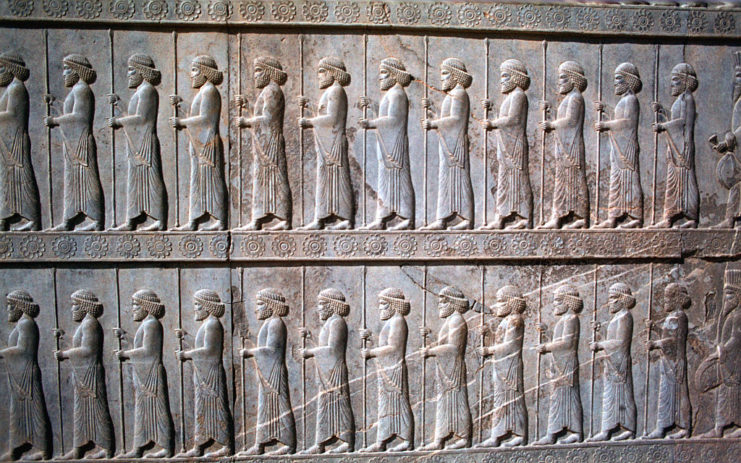
Their weapons consisted of short spears, quivers, wicker shields covered in leather, large daggers, slings, and bows and arrows. While heavily equipped, they did have shortcomings. To counter this, they developed different tactics, including a quantity over quality approach and shock-and-awe fighting.
This was evident during the Battle of Pelusium in 525 B.C. Cyrus II’s son, Cambyses II, was looking to conquer Egypt. He knew they were faithful to Bastet, the Goddess of Cats, so he and the Immortals used it to their advantage. By drawing cats on their shields and letting loose felines on the battlefield, they were able to force the Egyptians into surrender.
Battle of Thermopylae
By 480 B.C., the Persian Immortals had helped the Achaemenid Empire conquer surrounding areas, and some estimates claim the empire ruled over 44% of the world’s total population at its peak. Their exploits included Darius I’s conquest of the Indus Valley and the failed invasion of Greece during the Battle of Marathon. They became so feared that, instead of fighting them, the Cypriots, the Arabs of Judea and the Sinai Peninsula, and the Phoenicians became their allies.
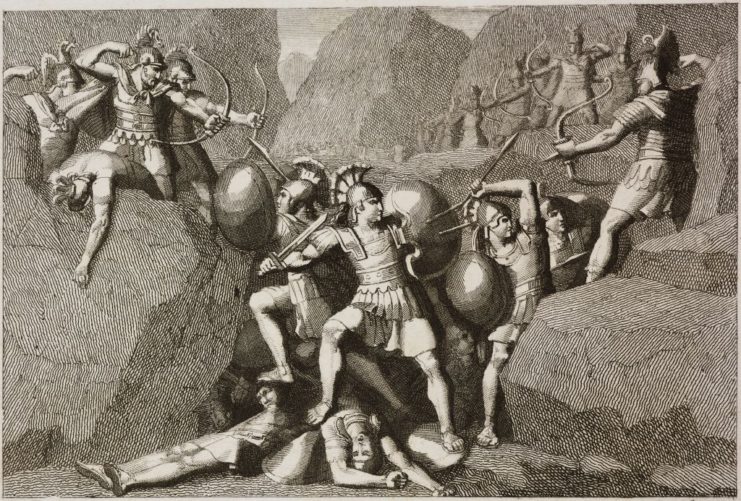
Their most famous battle was against the Spartans at Thermopylae. They were under the reign of Xerxes I, who launched a large-scale invasion of Greece in response to the defeat at Marathon 10 years prior. They were up against the forces of King Leonidas I and outnumbered the Spartans with a rumored one million infantrymen.
He first sent the Medes and Cissians into battle, but they were driven back. Leonidas I, realizing the precarious situation he was in, sent away the majority of his defending troops and met the Persians with 300 Spartan soldiers. They put up fierce resistance, but in the end, the Persians killed Leonidas I and were victorious.
Alexander the Great
The Persian Immortals further worked to spread the Achaemenid Empire after their invasion of Greece. The beginning of the end came during their encounter with Alexander II at the Battle of the Granicus in 334 B.C. While Alexander’s forces won, he’d come close to death after a member of the Immortals used an ax to slice through his helmet.
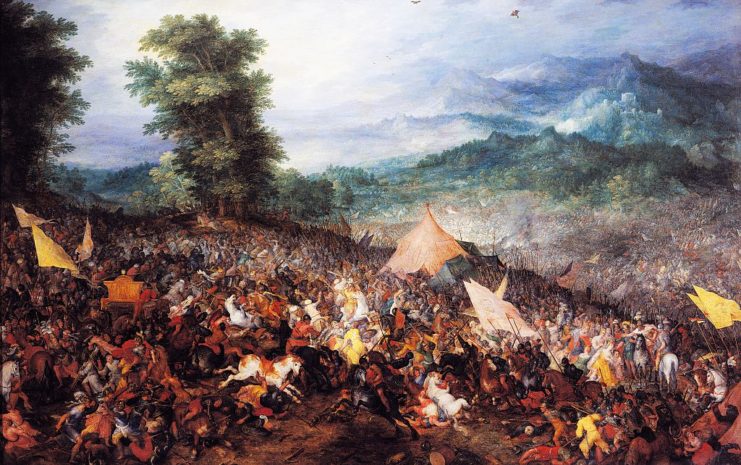
From then on, the Macedonian leader swore he’d destroy Persia. He studied their tactics and instructed his men on how to counter their attacks. This combated the Persian Immortals’ edge in battle and helped lend itself to his eventual “Alexander the Great” moniker.
Things came to a head during the Battle of Gaugamela in 331 B.C. It was their final battle, and the second between Alexander and Darius III, the then-king of the Achaemenid Empire. Despite a fierce battle, the Persian Immortals were defeated through a combination of tactics and superior weaponry.
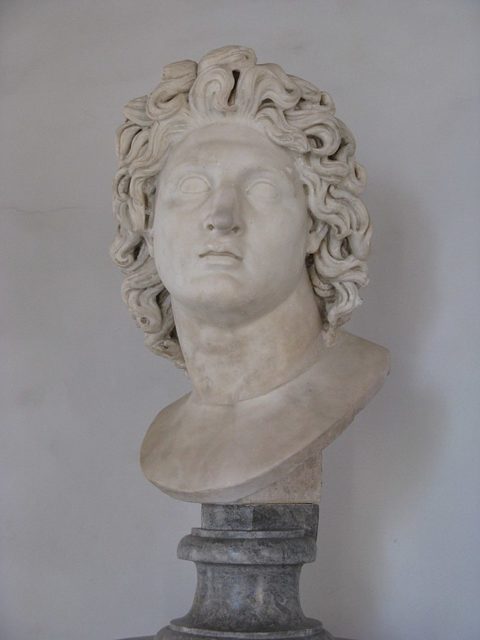
After the Persian defeat, Alexander the Great assumed control of the Achaemenid Empire. He styled his rule after Darius III and kept the Immortals as part of his army.
More from us: Swiss Pikemen: The Most Fearsome Medieval Mercenaries
After his death in 323 B.C., the empire was split amongst his four generals, including Seleucus I Nicator. Seleucus I took control of central Asia and Mesopotamia to establish the Seleucid Empire. While he continued Alexander’s policies and kept the basic form of the Achaemenid Empire intact, it’s currently unknown if he retained the Immortal aspect of the military.
